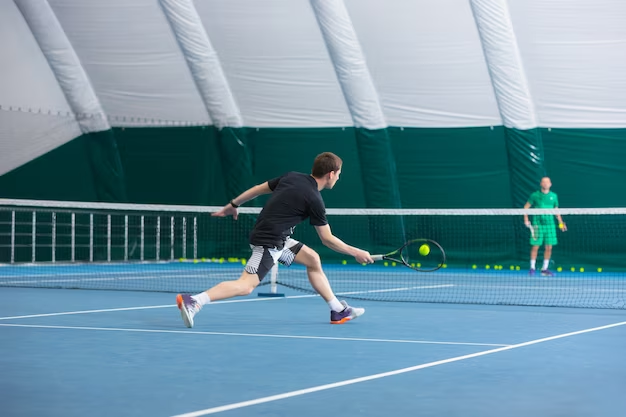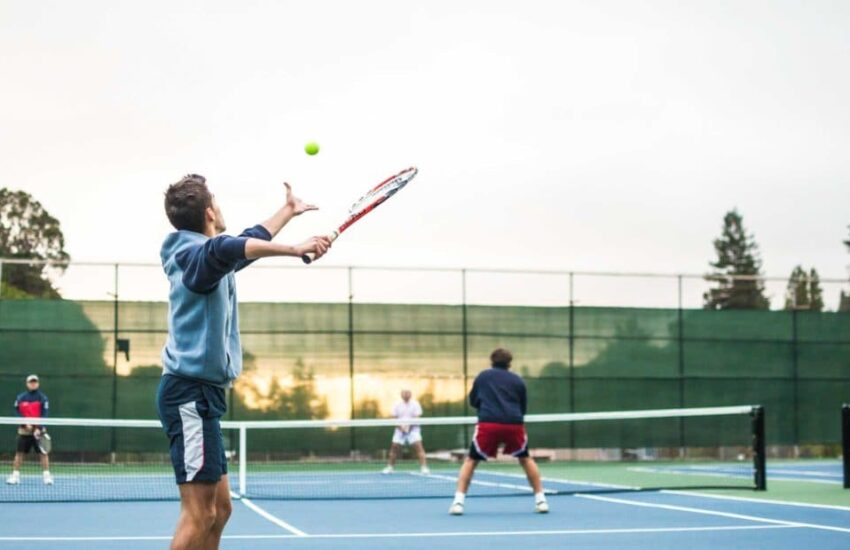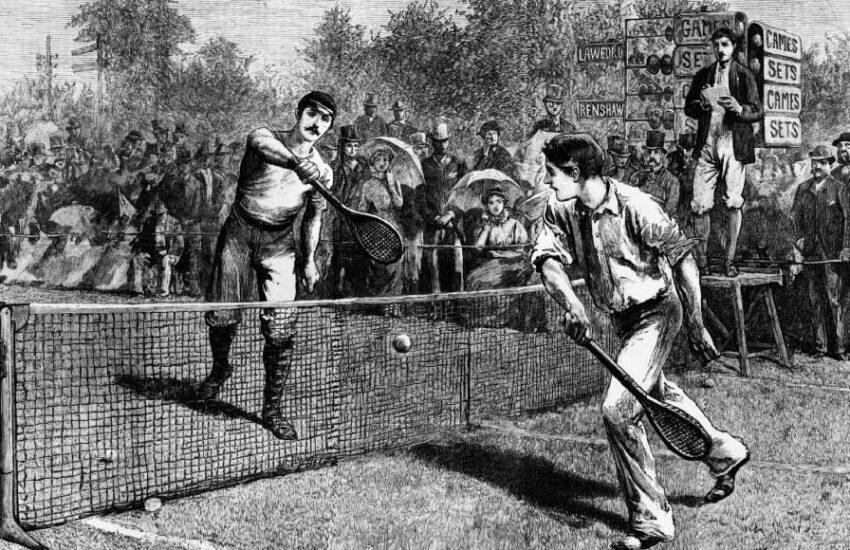Introduction to Playing Pickleball on Tennis Courts
Pickleball, a rapidly growing paddle sport in the United States, uniquely blends elements of tennis, badminton, and ping-pong. It has captured the hearts of many for its engaging gameplay and social aspect. While traditionally played on a smaller court, pickleball enthusiasts often wonder about the feasibility of playing on a larger tennis court. This guide delves into how the vast expanse of a tennis court can accommodate the compact game of pickleball, discussing the modifications and considerations necessary for an enjoyable crossover experience between these two sports.
Court Size Comparison: Pickleball vs. Tennis
Understanding the size differences between pickleball and tennis courts is crucial for adapting the play area. A tennis court’s expansive area, designed for long rallies and wide coverage, contrasts with the more intimate dimensions of a pickleball court. This section will explore the spatial dynamics of both courts, highlighting how their dimensions influence gameplay, strategy, and player movement, and what this means for converting a tennis court for pickleball use.
Adjusting Net Height for Pickleball
The height of the net in both sports plays a pivotal role in gameplay. In tennis, the higher net facilitates a variety of strokes and challenges, while pickleball’s slightly lower net accommodates its unique playing style. This segment examines the importance of net height in pickleball and the adjustments needed to transform a tennis net to suit pickleball standards, ensuring that the integrity of the game is maintained during play on a tennis court.
Temporary and Permanent Court Line Modifications
Converting a tennis court for pickleball requires careful consideration of court lines. Whether opting for temporary solutions like chalk or tape or permanent modifications, this process must balance the preservation of the tennis court with the specific needs of pickleball. This discussion will provide insights into the best practices for marking courts, considering both the pickleball enthusiasts’ requirements and the respect for the original tennis court design.
Equipment Essentials for Pickleball on Tennis Courts
Beyond basic paddles and balls, adapting a tennis court for pickleball may involve additional equipment. This could range from portable nets to specialized gear designed to reduce noise. This section offers a comprehensive overview of the equipment needed to facilitate a seamless transition from tennis to pickleball, ensuring that players have everything they need for an optimal game.
Noise Considerations in Pickleball
The distinctive sounds of pickleball, resulting from its solid paddles and perforated balls, can be considerably louder than tennis. This section addresses the noise factor in pickleball, exploring ways to minimize disturbance in shared or residential spaces and suggesting quieter equipment options for a more neighbor-friendly game.
Adhering to Court Rules and Etiquette
Playing pickleball on a shared or public tennis court necessitates respect for existing rules and etiquette. This part of the guide emphasizes the importance of seeking permission for modifications and maintaining a harmonious shared space, balancing the interests of both tennis and pickleball communities.
Optimizing Tennis Courts for Pickleball Gameplay
Efficiently utilizing the larger area of a tennis court for pickleball can lead to enhanced playability. This segment explores strategies for maximizing the space, such as accommodating multiple pickleball games simultaneously, thereby increasing player rotation and game frequency.
Comparative Table: Tennis vs. Pickleball Court Specifications
| Feature | Tennis Court | Pickleball Court |
|---|---|---|
| Court Size | 78 ft. x 27/36 ft. (singles/doubles) | 44 ft. x 20 ft. |
| Net Height | 36 inches (center) | 34 inches (center), 36 inches (sides) |
| Court Lines | Fixed for tennis play | Requires modification for pickleball |
| Noise Level | Relatively quiet | Potentially louder due to equipment |
| Space Utilization | Single game per court | Multiple games possible on one court |
The Origins of Tennis: Who Invented the Sport?
The origins of tennis trace back to 12th-century France, where the game was initially played with the palm and called “jeu de paume.” It wasn’t until the late 19th century that the modern version of tennis, as we know it, began to take shape. The sport owes much of its development to Major Walter Clopton Wingfield, who patented a game called “Sphairistike” in 1874. This game laid the foundation for modern lawn tennis, with its equipment and rules forming the basis of the contemporary sport. Wingfield’s contributions significantly shaped tennis, turning it from a medieval pastime into a structured, global sport.
Key Considerations for Playing Pickleball on Tennis Courts
- Court Adaptation: Modify court size and net height for pickleball requirements;
- Line Markings: Use temporary or permanent markings to define pickleball boundaries;
- Equipment: Include portable nets and appropriate paddles and balls;
- Noise Levels: Consider quieter equipment options for residential areas;
- Court Etiquette: Respect existing tennis court rules and obtain necessary permissions;
- Multi-Game Setup: Maximize space for simultaneous pickleball matches.
Conclusion
The integration of pickleball into tennis courts symbolizes the growing popularity and versatility of racket sports. By understanding and implementing the necessary adjustments, players can enjoy the best of both worlds, fostering a spirit of inclusivity and innovation in the sports community. As pickleball continues to rise in popularity, the creative adaptation of tennis courts for pickleball could become a widespread phenomenon, bridging the gap between these two beloved sports.



